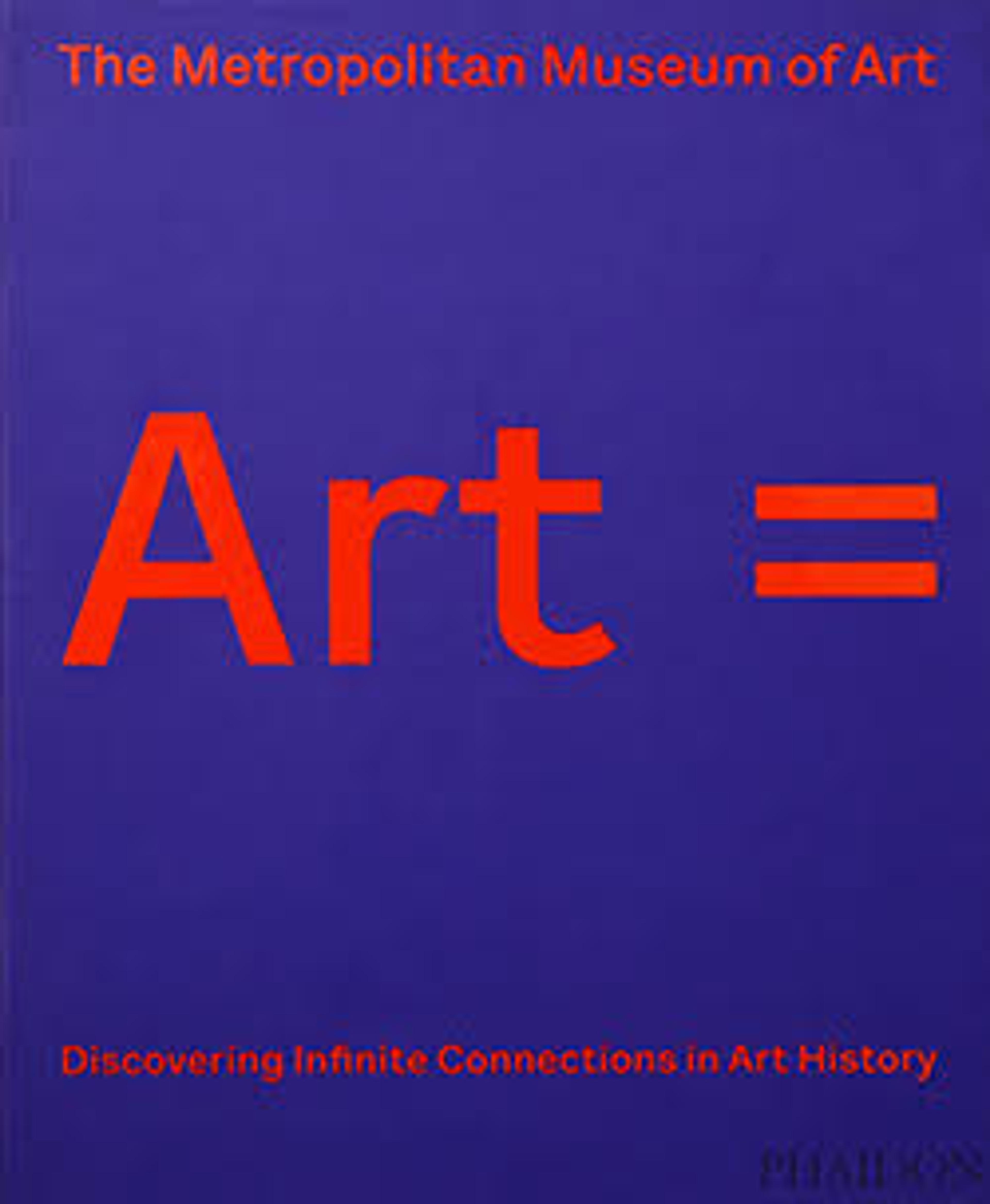Irises at Yatsuhashi (Eight Bridges)
The stately, vertical forms of irises set against an angular bridge that sweeps diagonally across both screens refer to an episode in The Ise Stories (Ise monogatari). Exiled from Kyoto after an affair with a high-ranking court lady, the story’s protagonist stops at Yatsuhashi, a place where a stream branches into eight channels, each with its own bridge. The sight of irises prompts him to compose a nostalgic love poem. The first syllable of each line forms the Japanese word for irises (kakitsubata). The English translation, though unable to convey the complex wordplay of the original, is also an acrostic:
Karagoromo
kitsutsu narenishi
tsuma shi areba
harubaru kinuru
tabi o shi zo omou
I wear robes with well-worn hems,
Reminding me of my dear wife
I fondly think of always,
So as my sojourn stretches on
Ever farther from home,
Sadness fills my thoughts.
—Trans. John T. Carpenter
Karagoromo
kitsutsu narenishi
tsuma shi areba
harubaru kinuru
tabi o shi zo omou
I wear robes with well-worn hems,
Reminding me of my dear wife
I fondly think of always,
So as my sojourn stretches on
Ever farther from home,
Sadness fills my thoughts.
—Trans. John T. Carpenter
Artwork Details
- 八橋図屏風
- Title: Irises at Yatsuhashi (Eight Bridges)
- Artist: Ogata Kōrin (Japanese, 1658–1716)
- Period: Edo period (1615–1868)
- Date: after 1709
- Culture: Japan
- Medium: Pair of six-panel folding screens; ink and color on gold leaf on paper
- Dimensions: Image (each screen): 64 7/16 in. x 11ft. 6 3/4 in. (163.7 x 352.4 cm)
Overall (each screen): 70 1/2 in. x 12 ft. 2 1/4 in. (179.1 x 371.5 cm) - Classification: Paintings
- Credit Line: Purchase, Louisa Eldridge McBurney Gift, 1953
- Object Number: 53.7.1, .2
- Curatorial Department: Asian Art
Audio
8885. Eight Bridges (Yatsuhashi)
0:00
0:00
We're sorry, the transcript for this audio track is not available at this time. Please email info@metmuseum.org to request a transcript for this track.
More Artwork
Research Resources
The Met provides unparalleled resources for research and welcomes an international community of students and scholars. The Met's Open Access API is where creators and researchers can connect to the The Met collection. Open Access data and public domain images are available for unrestricted commercial and noncommercial use without permission or fee.
To request images under copyright and other restrictions, please use this Image Request form.
Feedback
We continue to research and examine historical and cultural context for objects in The Met collection. If you have comments or questions about this object record, please contact us using the form below. The Museum looks forward to receiving your comments.
